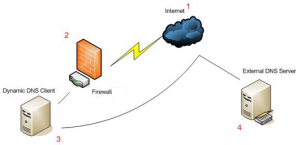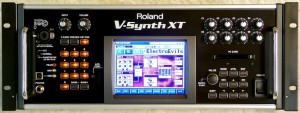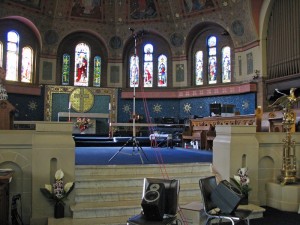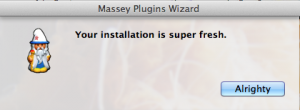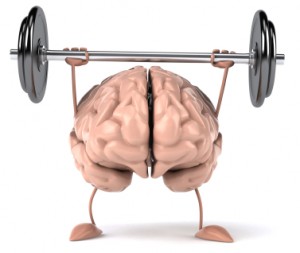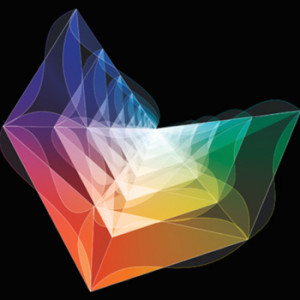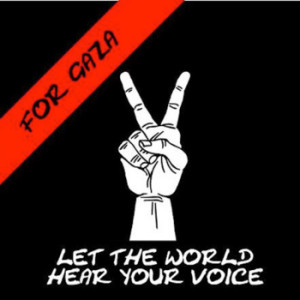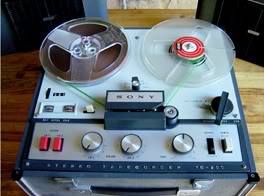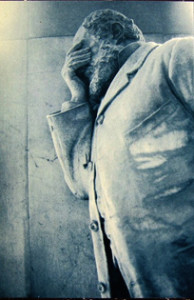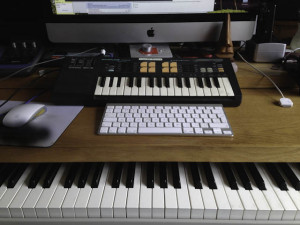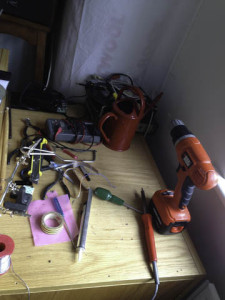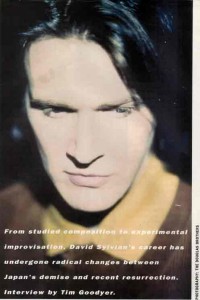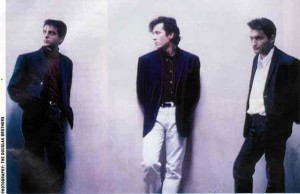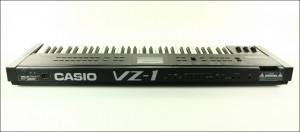We had some server trouble because I misunderstood the spelling of the new DNS. A post got lost. So it’s an opportunity to revise my blog post about the new EP.
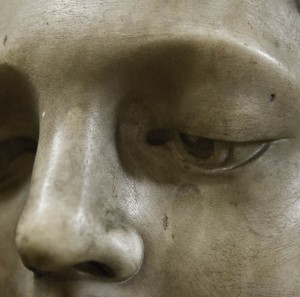
It’s funny how things come together. A lot of the time my music is a reflection of what’s happening, the every day stuff as well as the occasional life altering stuff. Like the Gaza track (blogged here).
The title track came together very quickly. For all of my recent work, the many different ways one can alter the pitch of the sound were inspiring. On this track the intro came from experimenting with the time stretching in Kontakt. It’s a piano note, but ends up sounding metallic and grainy when the pitch is shifted a lot. So that little opening riff inspired a rhythm which in turn inspired the hypnotic synth sequence. I’ve spent a lot of time making those over the years and you’ll notice I use them a lot too :). Having a voice with the music is a great way to give it focus. I’d watched Joss Wheedon’s Firefly and Words for the Dying, the Jon Cale documentary. I love music docs like this where you get to see some of the creative process. So there’s a sample of Brian Eno critiquing Jon Cale singing the word “brain” and River Tam threatening someone with her psychic powers. The ending is the Gift Grub sketch where Jaap Stam is looking for his dog. I broke a big rule of mixing- I put reverb on the bass synth. So it’s meant to evoke what it sounds like inside Brian’s brain.
But my friend Brian Dunlea still thinks it’s about him 🙂
The second track Heavenly Harp also came together very quickly. Again with time stretching, this time with one of those lovely harp glissandos from the old Emulator sampler- I’m a fan of old samplers. I’d just bought a collection of software instruments from Native Instruments in Germany called Komplete. So I decided to see how easy it would be to do a jungle type track. Of course I can’t do it so it ended up sounding like Luke Vibert’s drill’n’bass because he can’t do it either:
“Instead of using quite simple beats we were always a bit up our own arses, so it just came out as rubbish jungle. But loads of people liked it better, so that was pretty cool (laughs)”.
It was great to do because with Komplete you really can get the sound you’re imagining in your head.
So that’s what it sounds like inside my brain 🙂
The final track Spider took a long time. It was started in Cubase, pulling together a bunch of samples using Recycle. August 3rd 1997 to be exact. Back then I was cripplingly judgemental. Which is good because there are a lot of quite good unfinished ideas in my archive that I can have fun with now. We sampled some bits off a famous funk hit, and chopped them up. I then recently realised that I could just play the bizarre bass line that resulted on the keyboard, with my actual hands instead of relying on samples. This gave me more scope to develop the entire tune. There are some samples off an ethnomusicology CD with Amazonian pygmies singing and drumming with rocks (rocking?) but I don’t remember the name of it. I used the amazing Roland V-Synth for the vocals and some of the drums- timestretching again. We had tried a few variations of the melody that they sing but it didn’t work at all until the V-Synth came along.
So I hope you enjoy it.
If anyone can guess what track we sampled for Spider, post your guess here and the first correct answer gets a free copy of the EP!

